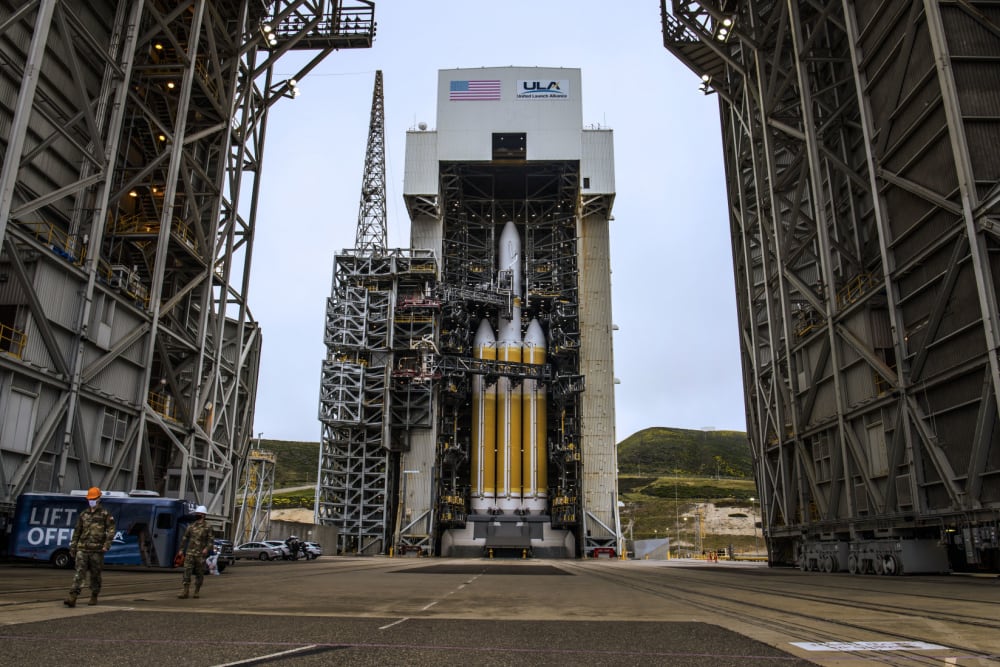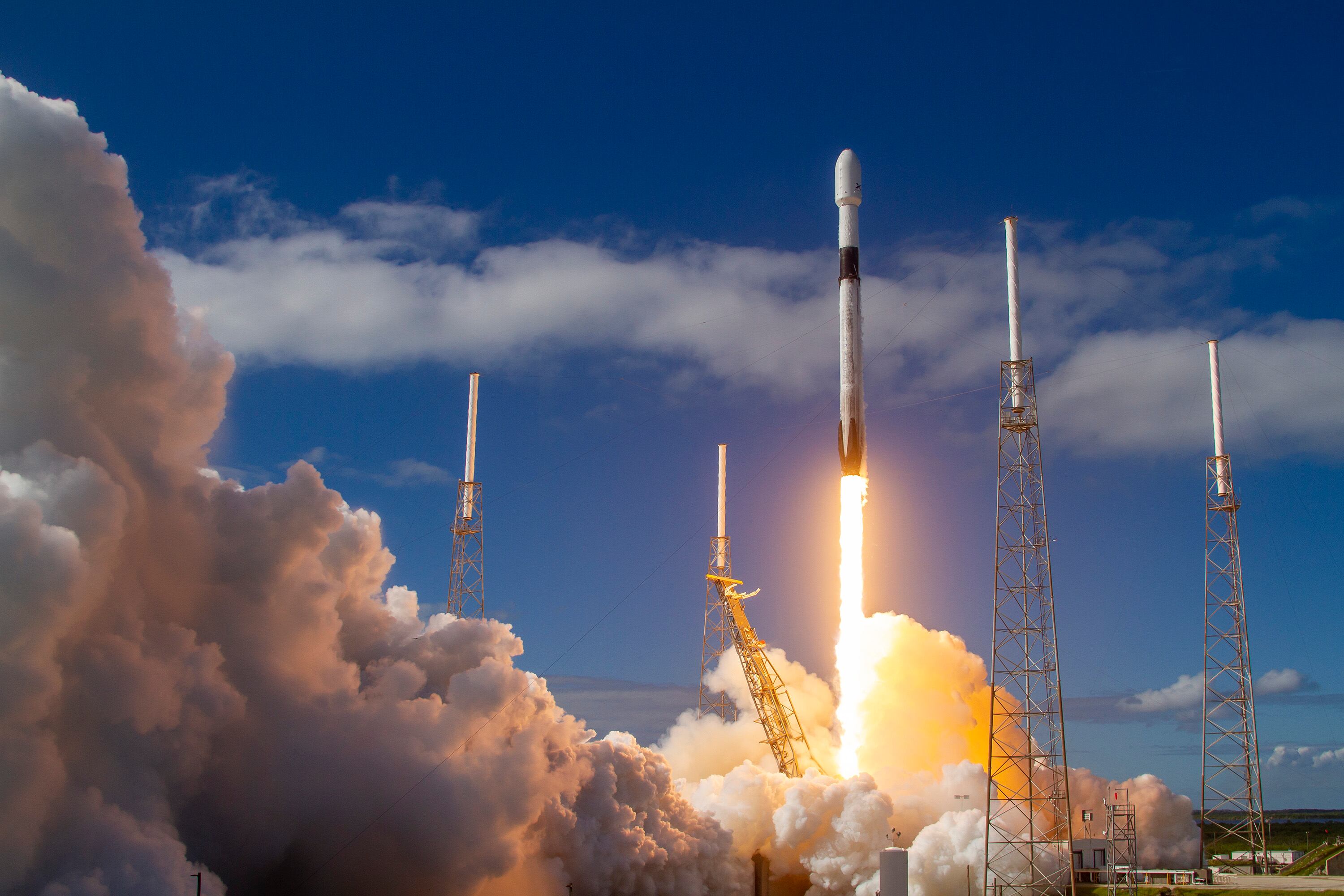A provision in a House version of the fiscal 2022 defense policy bill could help fast-track infrastructure improvements at the Space Force’s launch ranges and even change the relationship between the military and the burgeoning commercial rocket industry.
Lawmakers are considering granting Chief of Space Operations Gen. Jay Raymond’s plea for more freedom to overhaul facilities, IT systems and other infrastructure at the Florida and California sites that send rockets with commercial and national security payloads to space.
Raymond previously asked for Congress to alter federal law so the 1-year-old service can pursue its “Range of the Future” idea, members of the House Armed Services strategic forces subcommittee wrote in their version of the annual defense policy bill, released July 27.
“‘If we fail to do this effectively, our installations will become a limiting factor to launch capability,’” they added, quoting Raymond.
RELATED

Lawmakers are asking to see the Space Force’s detailed plan to pay for and complete those upgrades. They’d like to know if the service needs any further leeway from Congress to improve its physical infrastructure, including potential legislative ideas. That report should go to the congressional defense committees no later than three months after the defense policy bill becomes law.
Patrick Space Force Base officials in Florida have floated the idea of asking Congress to change federal spending rules so the military can use private funding to pay for those infrastructure changes. Because of a legal firewall that prohibits public entities from using private companies’ dollars to pay for projects, the Department of the Air Force is struggling to keep up with the facilities updates that commercial launch providers want.
“They get a pretty good deal from being able to lease our facilities and the things that we do with them, but it’s very difficult [when] they go, ‘Hey, I’d like to be able to help out with that,’” Brig. Gen. Doug Scheiss, then-commander of the 45th Space Wing at Patrick, told Air Force Magazine in February 2020.
Accepting money from commercial companies for projects like widening roads at Cape Canaveral, as Blue Origin has requested, or modernizing the range’s communications network, could save money and speed up those improvements.
RELATED

The Space Force envisions turning its historic launch ranges into “plug-and-play” sites where companies can show up and send rockets into orbit without needing specialized equipment. Cape Canaveral and its sister range at Vandenberg Space Force Base, California, should be as streamlined as airports, where airliners shuffle in and out throughout the week, service officials argue.
Other updates in the works include autonomous flight safety systems that can automatically destroy a rocket if it flies off course, rather than needing a human on-site to do the job; developing more launch real estate on Florida’s Space Coast as it runs out of room; and creating reusable facilities that can handle multiple rockets a day.
Patrick expects to host around 50 launches in 2021, while Vandenberg is slated to facilitate 14.
“As we bring more and more commercial providers on board, we’re going to have more and more launches and get to that ultimate … goal of two a day,” Brig. Gen. Stephen Purdy, commander of Space Launch Delta 45 — the former 45th Space Wing — recently told Air Force Times. “It’s all about converting our thinking and processes into that airport or services model in order to get there.”
Rachel Cohen is the editor of Air Force Times. She joined the publication as its senior reporter in March 2021. Her work has appeared in the Washington Post, the Frederick News-Post (Md.), Air and Space Forces Magazine, Inside Defense, Inside Health Policy and elsewhere.




